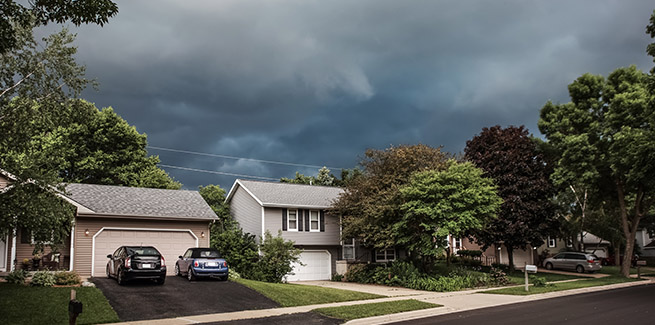A research note from Natixis economists, including the firm’s chief economist for Asia Pacific, Alicia Garcia Herrero, and Japan, Pacific economist Kohei Iwahara, has predicted Australia’s surging house prices might be heading towards a reversal, after reaching the highest historical levels in November.
It noted the froth in the local market, measured by the gap between housing price increases and disposable income growth, had accelerated to 24.6 per cent in the third quarter of 2021.
Demand-supply had also tightened, with the nation’s vacancy rate falling to 1.6 per cent in October, the lowest level since 2011.
However, Natixis noted the conditions that had underpinned the strong performance of the housing market are shifting – with the tight demand-supply condition expected to deteriorate.
Private housing construction approvals had surged off the back of the Reserve Bank’s policies to maintain low interest rates with yield curve control and quantitative easing. But as building work is set to complete, the vacancy rate could rise unless demand matches the increasing supply.
“With accelerating housing approvals, supply is bound to increase,” the report explained.
“Furthermore, demand will probably not follow up as housing debt has risen to a historically high level of 140 per cent of income.”
Wages have stagnated over the past decade, while housing debt has remained close to a historically high level of 140 per cent of disposable income, the note stated. Further, the pandemic has squeezed population growth, with the Omicron variant anticipated to keep tight border controls in place.
“Foreign demand has been on a downward trend, since the Foreign Investment Review Board restricted investments from overseas in 2015,” the note said.
“All in all, the vacancy rate should soon start to rise.”
Further, regulatory intervention is expected to have an impact. APRA’s increased buffer for assessing borrowers’ serviceability to withstand higher interest rates is expected to reduce the maximum borrowing capacity for a typical borrower by about 5 per cent.
The Natixis economists expect the Reserve Bank to be “cautious” and start lifting the cash rate in the second half of 2023, despite others projecting a raise as soon as this year.
“Even with a rather slow exit of the currently very lax monetary stance, an increasing vacancy rate in the near future could lead the way to a market correction,” the research note said.
“Eventually, with wage growth remaining structurally weak, a higher interest rate could destabilise the housing market.”
The big four banks have similarly projected that there will be a rapid slowdown in 2022, before an eventual correction in 2023.
ANZ has tipped there will be a national price fall of 4 per cent in 2023, to follow a 6 per cent rise in 2022.
CBA modelling has pointed to a 10 per cent fall in 2023, to coincide with a cash rate rise to 1.25 per cent – after a 7 per cent rise in 2022.
NAB expects dwelling prices will have a more subdued 5 per cent increase in 2022.
Meanwhile, Westpac released a forecast tipping price growth will moderate to 8 per cent in 2022, before a 5 per cent correction in 2023.
[Related: House prices ‘undervalued’ going off mortgage serviceability: InvestorKit]
 ;
;
